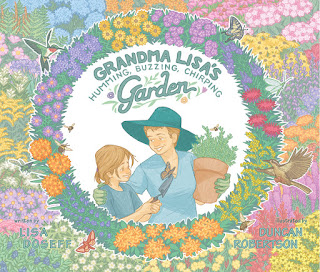Leaves support the trees during the growing season,
absorbing the sun, turning sunlight into energy and helping to nourish the tree.
Deciduous trees, those who drop their leaves each fall and the vast majority of
the plants we have in the Piedmont, only need their leaves during the growing
season.
Leaves then fall to the ground and decompose, nourishing the
tree further and surrounding plants as they do, with the help of insects and
critters in the soil. Tiny soil organisms, including
fungi, consume dead plant material and create materials and processes that
enrich the soil.
Sometimes we get frustrated when insects chew on the leaves
while they are still on the plant. Earlier this year, the leaves on white oak (Quercus alba) were especially affected
by leafminers, tiny insects (1/4 of an inch at maturity!) that feed from inside
the leaf. I saw lots of posts on Facebook from concerned homeowners and some of
my own plants showed evidence of them. According to this
source, “Heavy infestations cause browning and premature leaf drop. This
injury is largely cosmetic. If severe, infested leaves may die, but the overall
health of the tree is rarely in danger.”
 |
| White oak leaves with leafminer damage |
Late summer also brings many of the most visible caterpillars,
those like fall webworm moths that make big webby enclosures as well as the
ones that eat in large groups like the oakworm moths. These are all good
sources of food for migrating birds, many of which are insectivores.
 |
| Webworms on Persimmon |
I’m here today to remind you that these are all part of the
natural process in our ecosystem: native plants feed insects who then feed
birds and others. The number of leaves damaged or the timing of the damage (in
the case of fall caterpillars) is something our native trees can handle.
Welcome to habitat gardening.
 |
| A hungry bunch on Sourwood |
 |
| Caterpillar damage on fern |











